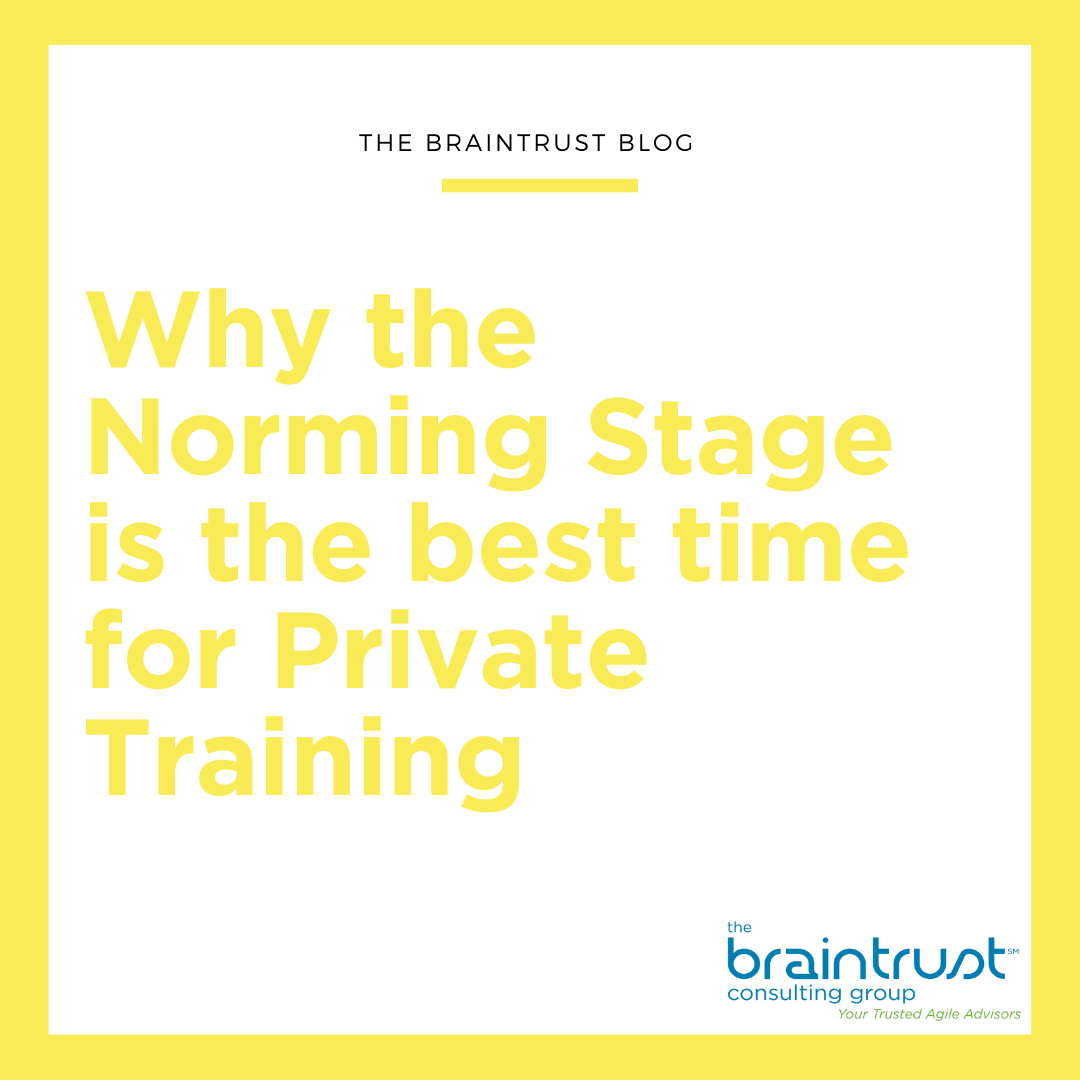Because the main responsibility of a Product Owner is to act as the liaison between Stakeholders and the Team, a Product Owner can often feel caught in the middle. Stakeholders express their needs, wants, and desires for the Product, but if a Product Owner related them all to the Team, it’d leave them feeling overwhelmed and potentially dilute the product.
This means a good Product Owner needs to learn to say “no” or “not now” to Stakeholders. But because Product Owners are also personable and empathetic, saying “no” may not come easily.
Here are different ways a Product Owner can prepare before they dive into potentially uncomfortable situations where they need to say “no.”
Feel empowered
A Product Owner must have the support of the Organization and the authority to make decisions so that they feel empowered enough to say “no” to Stakeholders. Hearing the word “no” is never easy and may cause pushback, making it even more important for the Product Owner to feel that the Organization supports their decision.
Be decisive
A Product Owner must be decisive when determining what is and isn’t important for a Product. If a Product Owner isn’t confident in selecting what to add to the Backlog, they’ll either say yes to everything and create chaos, or their Stakeholders and Team won’t respect it when they say “no.’
Clearly understand Product Vision and Product Goals
Before a Product Owner goes around saying “yes” or “no,” they need to have a very solid understanding of the Product Vision and Goal. What do Stakeholders want their end result to be? Does their ask strengthen the Product, or is it taking away from the Vision? If the Product Owner always keeps the Vision and Goal in mind, it’ll be easier to say “no.”
Have a prioritized Backlog
Having an organized, prioritized Backlog that’s transparent to the Team and Stakeholders helps back up a Product Owner when they say “no,” or “not now.” A disorganized Backlog makes it easier for Stakeholders to want their requests added to the list because no one can see the critical items that need to be worked on.
Have a good relationship with Stakeholders
Building a relationship full of respect and trust between the Product Owner and Stakeholders takes time, but is crucial in the long run. If Stakeholders believe the Product Owner has their best interests at heart and understands them, they’re less likely to push back when the Product Owner says “no.”
Have the right Product Owner
Ultimately, it all comes down to if you have the right person as your Product Owner. If they have a grasp on what’s best for everyone, have the ability to prioritize the Backlog frequently, have the respect of the Team and Stakeholders, and always keep the Product Vision and Goal in mind, saying “no” shouldn’t be an issue. If the Product Owner is struggling with any of the above, then maybe they need to change roles within the Scrum Team.



